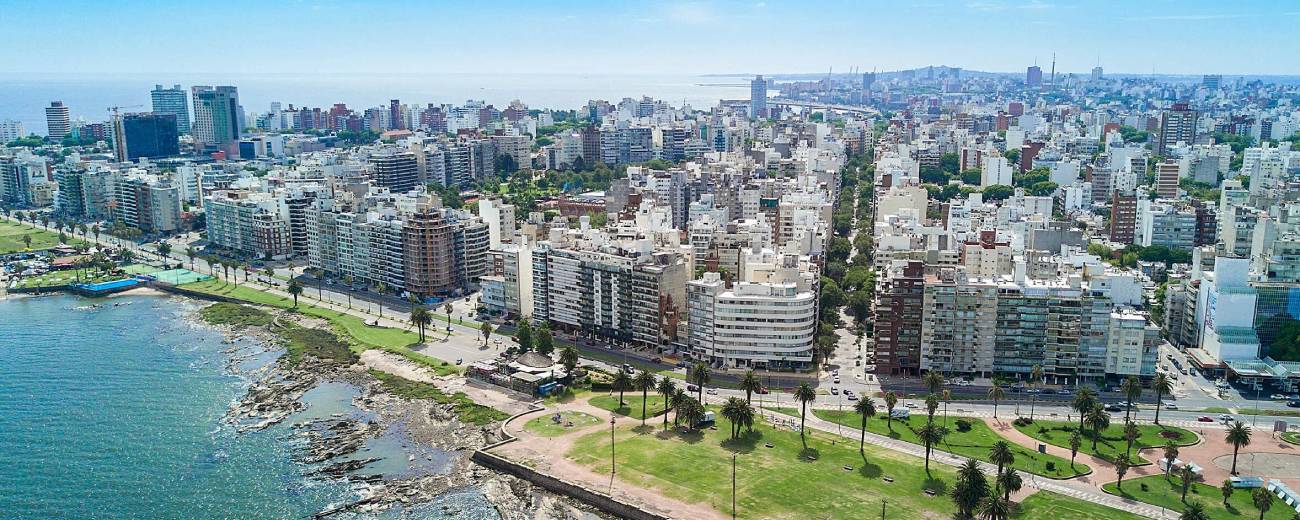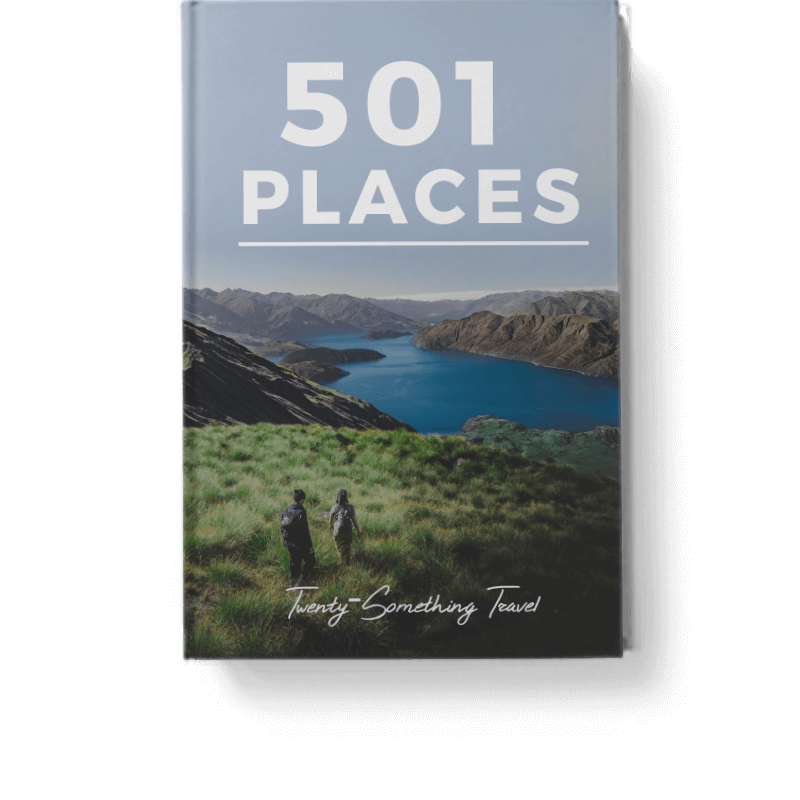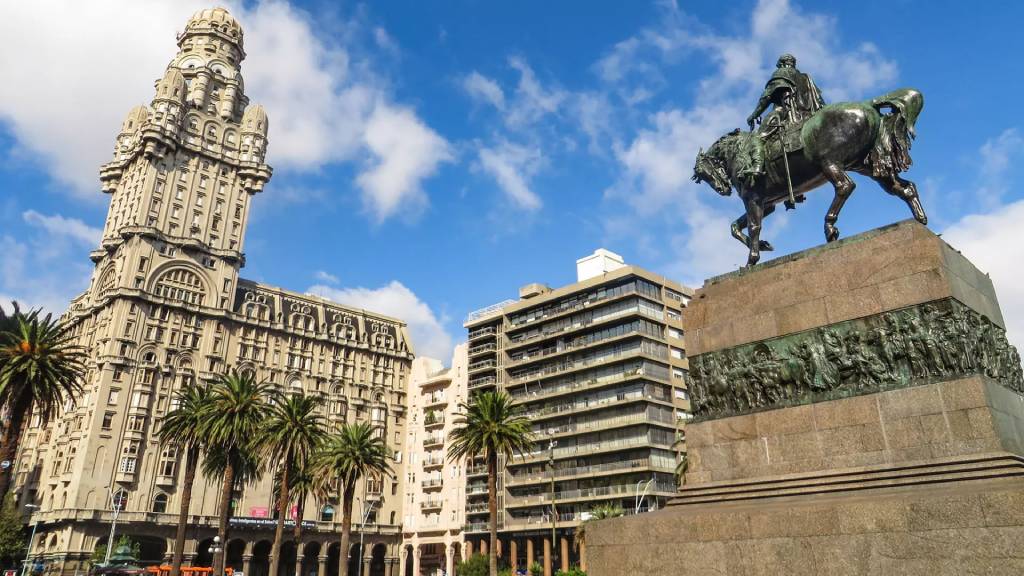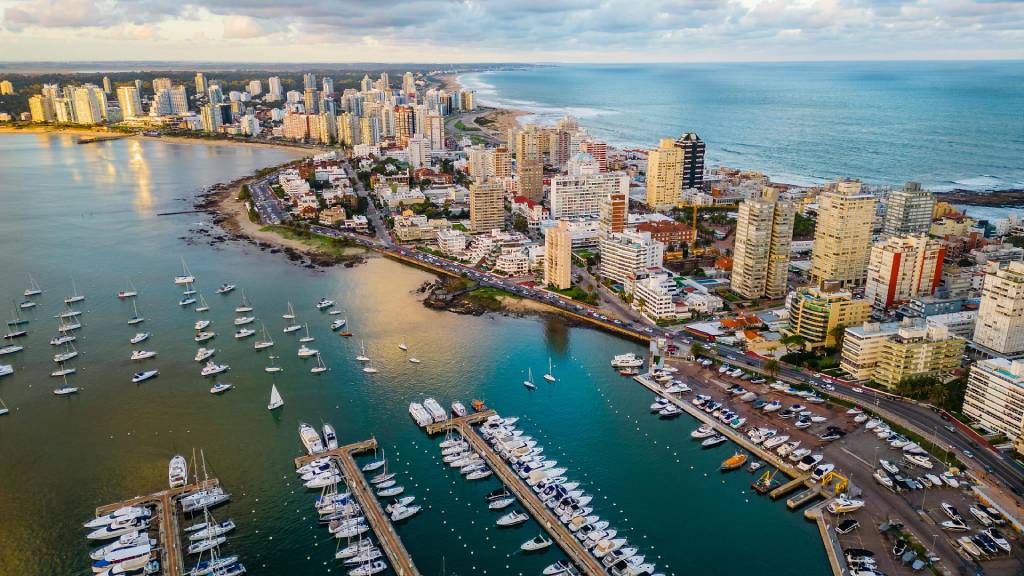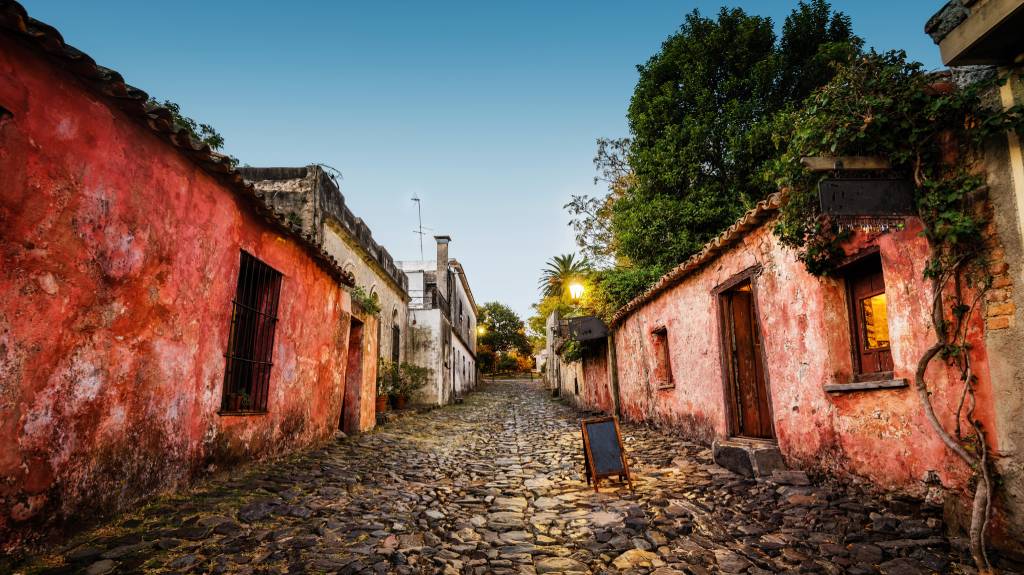Uruguay
If you’re dreaming of a trip to Uruguay, buckle up—you’re about to hit the jackpot. I’ve spent chunks of time rambling through this underrated gem of South America, feet in the sand, mate in hand, and a belly full of smoky asado that’ll ruin you for barbecues back home. Uruguay’s got that perfect mix of chill beach vibes, colonial charm, and a laid-back culture that feels like the world’s best-kept secret. Whether you’re chasing golden sunsets, historic strolls, or just some epic seafood straight off the grill, its cities won’t let you down. Let me walk you through my top picks for the best cities to visit, packed with real-talk tips and a dash of my own mishaps to help you explore smart, plan easy, and travel better.
Uruguay sneaks up on you like a warm ocean breeze—it’s all salty Atlantic air, the earthy tang of yerba mate everywhere you turn, and the rhythmic pulse of candombe drums echoing through neighborhoods. I’ve narrowed it to five absolute musts that capture the country’s soul: the buzzing capital Montevideo, glitzy beach haven Punta del Este, time-capsule Colonia del Sacramento, relaxed Piriápolis, and off-grid paradise Cabo Polonio. Each spot’s got its own rhythm, and I’ll hook you up with links to our deep-dive guides on the best places to visit in each. We’ve layered in practical intel too—like ballpark costs, hacks to stretch your dollar, and what it’s really like wandering these streets in 2025.
Top Cities to Visit in Uruguay
- Montevideo: Uruguay’s lively capital, where colonial architecture meets endless ramblas for sunset jogs, plus killer markets dishing up fresh parrilla.
- Punta del Este: The glamorous beach playground with iconic sculptures, wild nightlife, and powdery sands that scream summer escape.
- Colonia del Sacramento: A UNESCO-listed colonial stunner with cobblestone alleys, a hilltop lighthouse, and riverside vibes that feel frozen in time.
- Piriápolis: A quieter coastal charmer blending rugged hills, natural pools, and family-friendly beaches for that low-key recharge.
- Cabo Polonio: An eco-hippie dune village with no roads (just 4x4s and horses), sea lions lounging on shores, and starry nights that reset your soul.
THINGS TO SEE AND DO IN URUGUAY
TYPICAL COSTS WHEN TRAVELLING
Accommodation – Mid-range spots in hotspots like Montevideo or Punta del Este, with comfy beds, Wi-Fi, and prime locations, go for $70–110 USD per night for a double. Hostels keep it cheap at $15–35 USD for a dorm bed, while cozy Airbnbs start around $40–70 USD. For that luxe vibe, beachfront resorts or boutique stays can push $120–200 USD, especially during January high season. Pro tip: Book off-peak in spring (September–November) or fall (March–May) to shave off 20–30%.
Food – Uruguay’s eats are a bargain for the quality—think grass-fed beef that melts in your mouth. A classic chivito sandwich (Uruguay’s answer to the burger) runs $8–12 USD, while a full asado spread for two is $20–40 USD at a casual spot. Grab a menú del día for $8–12 USD, including soup, main, and dessert. Street snacks like empanadas? $2–4 USD. Coffee with medialunas (sweet croissants) is $2–4 USD to kick off your day. Splurge on seafood in Punta del Este for $25–50 USD per person, but you can feast like royalty without breaking the bank.
Transportation – Getting around is straightforward and affordable. Buses between cities, like Montevideo to Punta del Este, cost $10–30 USD one-way—book via COT or online for deals. In cities, single bus/metro rides are $1–2 USD, or snag a 10-ride card for $8–12 USD. Taxis or Ubers for short hauls? $5–15 USD. Renting a car runs $30–60 USD per day (plus $5/gallon gas), great for hopping to Piriápolis or Colonia, but watch for tolls. Ferries from Buenos Aires to Colonia are a steal at $40–60 USD round-trip.
Activities – Most of Uruguay’s magic is free, like beach-hopping or rambla walks. Entry to Colonia’s lighthouse or museums? $3–5 USD. Hiking Cerro San Antonio in Piriápolis is gratis, but a guided dune tour in Cabo Polonio adds $10–20 USD. Art spots like Casapueblo cost $10–15 USD (worth every penny for the views). Free entry days pop up at Montevideo’s Andes Museum—check apps to time it right.
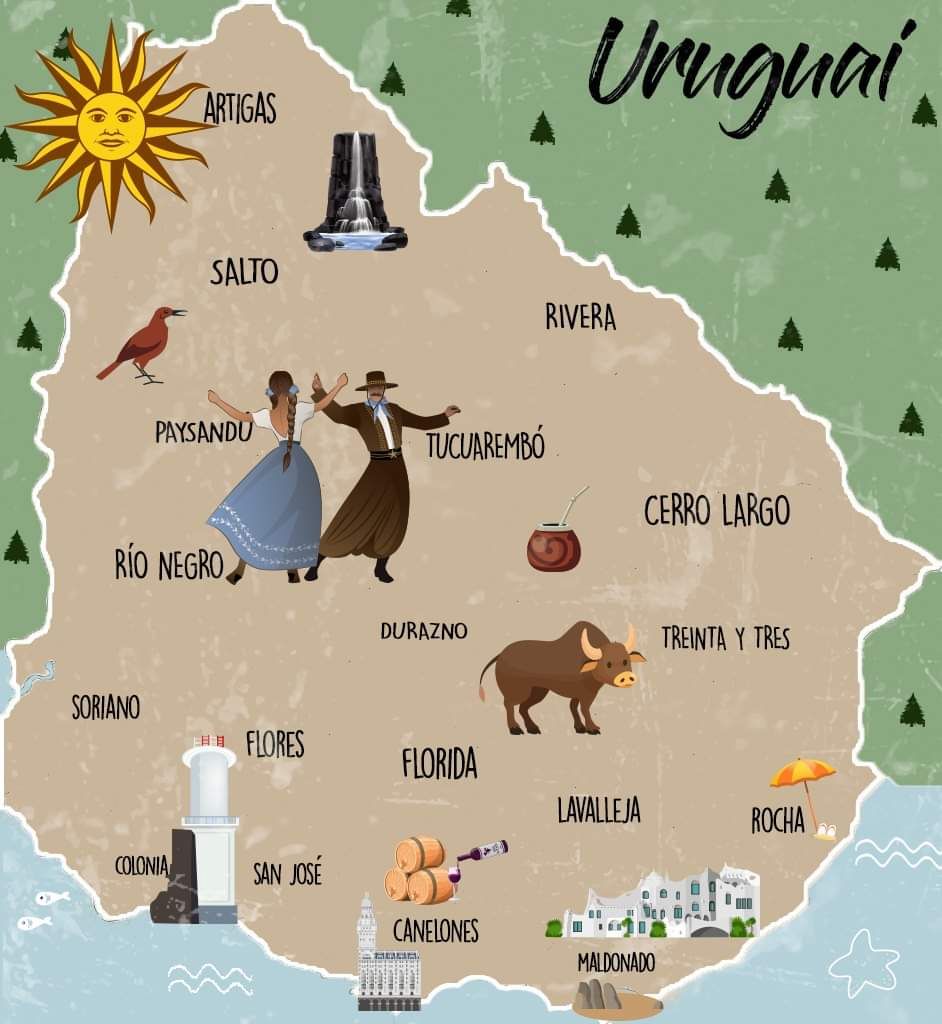
Suggested daily budget – $60–80 USD per person. That covers a mid-range hotel, a mix of street eats and one sit-down meal, public buses, and a couple of low-key attractions. Baller mode with beach resorts and fresh ceviche? $90–150 USD. Backpacker style, crashing in hostels, cooking empanadas, and sticking to free sands? $30–40 USD gets you by easy.
MONEY SAVING TIPS
WHAT CAN I EXPECT FROM URUGUAY?
Uruguay’s got this effortless cool that hooks you fast—like a friend who knows all the best spots but doesn’t brag about it. It’s where wide-open pampas meet crashing Atlantic waves, blending European elegance with South American soul. I’ve felt it in Montevideo’s thumping candombe beats one night and the silent dune whispers of Cabo Polonio the next. The people? Warm as fresh medialunas, quick with a “che, bienvenido” and a shared mate gourd that turns strangers into buddies.
Expect a spectrum of vibes: Montevideo buzzes with urban energy—think rambla runs at dawn and late-night tango in Pocitos. Punta del Este amps up the glam with yacht parties and sunset rosé, but it’s got heart beyond the hype. Colonia wraps you in 17th-century romance, cobblestones clacking underfoot like a history podcast come alive. Piriápolis dials it down to family picnics and hill hikes, while Cabo Polonio’s car-free isolation forces you to unplug—horseback to the lighthouse, anyone? Recent travelers on X are raving about the beaches’ pristine calm and how Uruguay feels “stable and welcoming” compared to flashier neighbors.
-
Best Places to Visit in Montevideo
Montevideo is Uruguay's graceful Río de la Plata guardian, a sun-kissed symphony where colonial cobblestones yield to breezy Rambla walks and the sizzle of Mercado del Puerto grills. It's a city of subtle sophistication—Art Deco towers piercing cerulean skies, soccer
-
Best Places to Visit in Punta del Este
Punta del Este is Uruguay's glittering Atlantic siren, a sun-drenched playground where golden sands meet superyacht harbors and whimsical whitewashed wonders perch on cliffs. It's the St. Tropez of South America—glamorous yet grounded, with Brava's wild waves crashing against Mansa's
-
Best Places to Visit in Colonia del Sacramento
Colonia del Sacramento is Uruguay's time-capsule charmer, a riverside relic where Portuguese ramparts cradle cobblestone sighs and the Río de la Plata laps at lantern-lit lanes. It's a UNESCO whisper of colonial crossroads—baroque bell towers piercing palm-fringed plazas, ruins rumpled
Weather’s a dream for most of the year—summers (December–February) hit 75–85°F with beach-perfect days, though humid. Winters (June–August) are mild at 50–60°F, ideal for city jaunts without the sweat. Rain’s even year-round, but rarely ruins plans. English is spotty outside tourist hubs, so brush up on basics (“¿dónde está el asado?” for “where’s the grill?”). I botched a Punta del Este order once, but the waiter just laughed and hooked me up with extra chimichurri—hospitality like that’s the norm.
Safety’s solid—one of South America’s chillest spots, even solo at night in Montevideo. I’ve roamed beaches till midnight without a hitch, but keep an eye on bags in crowded ferries or Punta’s clubs (pickpockets love a good distraction). Roads are top-notch, buses run like clockwork, and healthcare’s world-class if needed. Culture pulses through everything: communal mate circles at dawn, asado Sundays that stretch till midnight, and festivals like Punta’s January jazz fest that light up the coast. It’s a place that slows your clock, fills your plate, and leaves you plotting a return. So, dive into our interactive maps and guides for Montevideo, Punta del Este, Colonia del Sacramento, Piriápolis, and Cabo Polonio. Map your adventure in the world’s top cities—explore smart, travel better!








